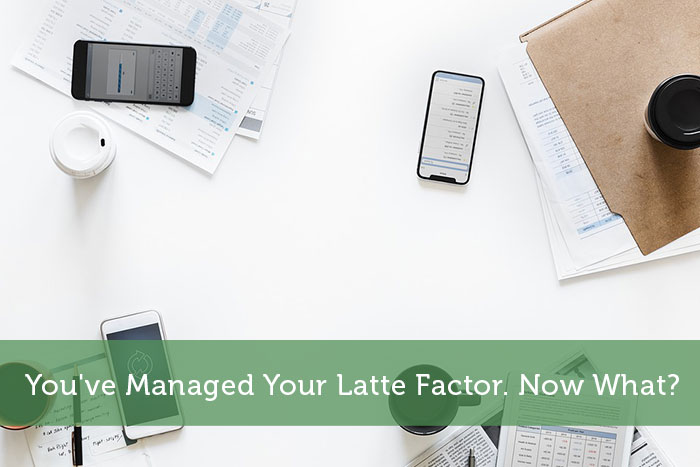You’ve followed all the great advice out there on how to manage your latte factor and have cut back on overpriced treats and unnecessary subscriptions, and are getting more mindful with cashless payments. Yet, you don’t feel rich despite having more disposable income. Why’s that?
If you only give up daily lattes, for example, this will amount to about $1200 a year in savings. It’s not an exorbitant sum of money so why bother at all?
The idea behind the latte factor is that you invest and grow your savings instead of keeping them in a piggybank where they lose value. Here are five ways you can invest your latte factor savings even if they don’t amount to much.
Robo-Advisors/Apps
Making use of emerging tech is the easiest way to put your saved money to good use.
Robo advisors like Betterment and mobile apps like Acorns and Robinhood take out the guesswork of investing, let you trade with little sums, give you flexibility and teach you in the process. Tip: Betterment promotions can help you save on management fees.
Robinhood, for example, allows you to invest commission-free in a variety of securities, including crypto.
You do however pay in the form of interest on uninvested money and premium subscriptions, so using such services is low-cost but not free.
Also, as your portfolio grows, you’ll need something more hands-on, but these are great options for starters.
See a comparison: Betterment vs. Acorns
Penny Stocks
Penny stocks are under $5 equities that usually trade on less popular exchanges.
In general, these stocks belong to smaller or emerging companies and thus cost less, can bring a decent profit, but also can be quite volatile.
However, none of these qualities are set in stone since the term “penny stocks” has become quite stretchy.
These days even some large corporations have floated in the “penny stocks” sea, though such cases are an exception rather than the rule.
Overall the pros of penny stocks are that they are cheap and can potentially yield high returns. On the downside, they are highly speculative and don’t provide much liquidity in the sense that there’s less interest for them.
Bonds
Bonds are in the top 3 of the most popular investments—up there with stocks and real estate.
Many varieties of bonds exist and what unites them all is that they can be more accessible, less risky, and more suitable for short-term gains than stocks.
Some bonds, like municipal (“munises”) and treasury bonds, also come with tax benefits, and in the case of the former with the satisfaction of contributing towards your community.
Munises are a great option for your latte factor savings since the earnings on these are exempt from federal tax and, depending on the municipality you lend money to, can have a stable and predictable future.
And because some bonds let you pick the maturity date, you can use them for a short-term/lower-interest or long-term/high-interest investment.
Health Insurance
The next three options are not investments in the traditional meaning, but they are some of the best decisions you can make money-wise.
For starters, the money you save from poor habits can go towards your health by getting health insurance.
The healthcare field has developed tremendously, but breakthrough treatments come with a cost.
The average American spends over $10 000 per year on healthcare.
This is a significant expense that can be managed with good health insurance.
Here you can find tips on how to save on healthcare costs.
Retirement
Another sensible investment in yourself and your beloved is contributing towards your retirement plan.
It’s never too early to start and the earlier, the merrier.
There are several viable options here.
If your employer matches your 401k contributions, then you can use the latte savings to take advantage of the free money you get from your workplace.
Alternatively, or concurrently, you can invest in a Roth IRA or Traditional IRA.
You can learn more about the difference between the three plans and what your options are if you are self-employed in our post on Traditional IRA vs. Roth IRA vs. 401k.
Pay off Debt/Emergency Fund
High-interest debt is one of the largest money drainers in personal budgets.
The extra savings you acquire by adjusting your lifestyle will find good use in contributing towards ending your indebtedness.
In case you don’t have any debt, you can keep this money as an emergency fund, which is a safe move but one that won’t grow them.
Depending on how much you’ve managed to put away you can allocate some for dark times and put the rest to work.
Even keeping them in a bank account will yield a minimal amount of interest, which is better than nothing.
It might feel overwhelming having to choose between all of the options for investing your latte factor savings. However, if you set up some criteria based on your needs, the choice will get much easier. The three key questions to ask yourself are:
- Do I need high liquidity, i.e., being able to withdraw the investment on a whim?
- Do I prefer high risk/high-return or am I ok with a safe/low-return investment?
- Am I looking for short-term or long-term investments?




